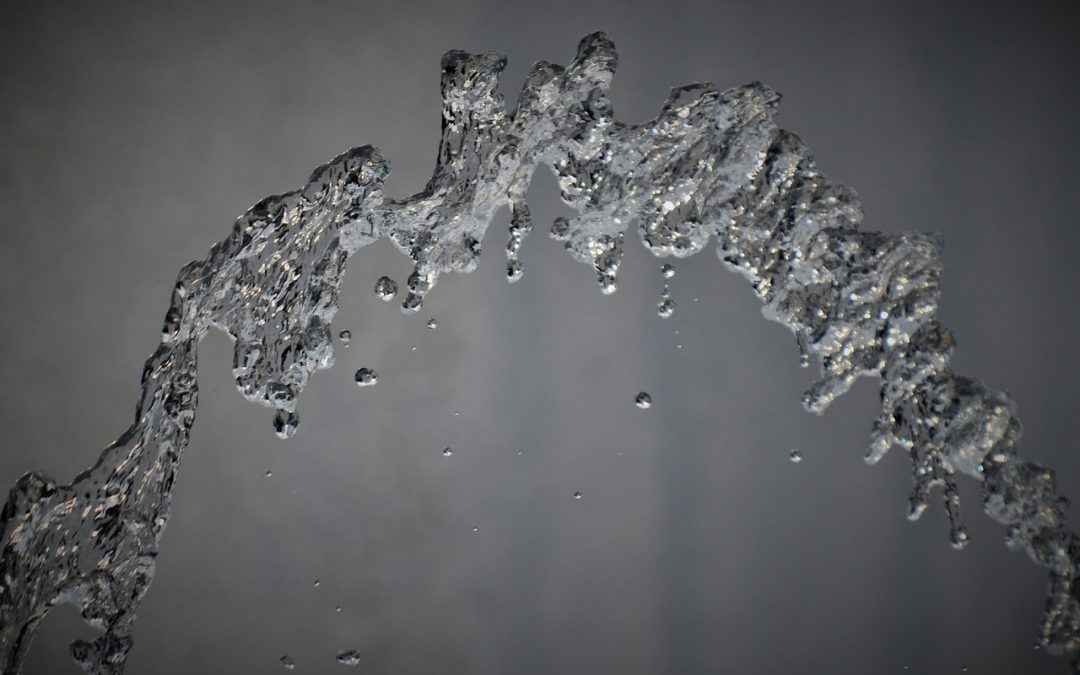A jet pump is a style of well pump powered by an electric motor. Jet pumps are above ground and are not submerged underwater, making them appropriate for more shallow applications not exceeding 200 feet. Knowing where they are best in combination with some maintenance knowledge will help you keep these pumps lasting quite a while. But how long should a jet pump last in standard conditions?
The short answer to this question: These can last anywhere from five to twenty years under the right conditions. Pay attention to see if your jet pump has any minimum warranty that falls within these numbers. The way to increase the longevity of your pump is through awareness of standard maintenance procedures.
In the remainder of this article, we will let you know the best practices for keeping your pump alive. We will also get into the purposes of a jet pump, so you know if it is appropriate for your well system.
What Is A Jet Pump?
They are not entirely submerged like other similar pumps. You can use them to draw water from a well through a pipe. This pipe provides for many potential domestic or commercial applications, including irrigation and sprinkler systems.
They come in two primary forms:
- Shallow well jet pumps to transport water from wells that are within 25 feet. These are more common in places with a high water table or lower sea levels. These pumps only have one pipe.
- Deep-well jet pumps go as far as 200 feet. This depth is still reasonably shallow; you won’t find it in places with deep aquifers. Two pipes differentiate these pumps.
Deep well pumps have much more flexibility, giving them the alternate name: “convertible jet pumps.”
How Do I Help My Jet Pump Lasts A Long Time?
The first step you need to know about jet pumps is that they can never run dry. Be aware of how much water your well has in it, as you will need to cut off the pump a bit ahead of that timing.
You will also need to prime your jet pump.
How Do You Prime Your Jet Pump?
- Make sure that your jet pump is off.
- Remove the priming plug on the pump’s wet end (opposite of the motor).
- Fill the priming vent with water until it hits the top (until all of the air is out of the pump housing).
- Turn the electricity on and watch to see that your pump is pulling water.
- If your pump is not pulling water, be sure that you have filled the pump housing.
Outside of this, you can call specialists who work with jet pumps to perform routine maintenance checks to let you know about the condition.
Conclusion
Under the right conditions, jet pumps can last up to 20 years. However, the average age of your jet pump is anywhere between five and ten. With the right maintenance activities and a continuous moisture source, you will give your jet pump a higher chance of survival.

